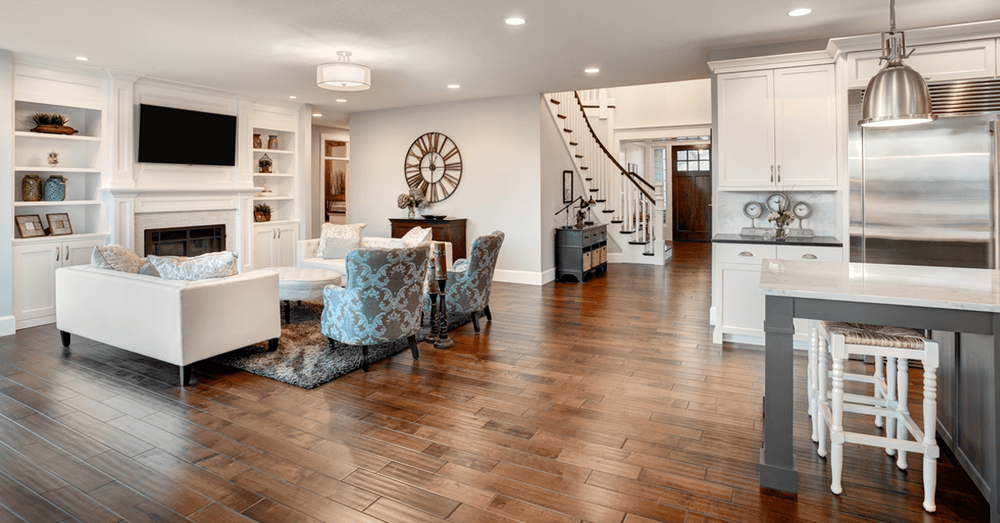House plants bring life and greenery to any space while cleaning the air, and they can make even the darkest corners seem brighter. Whether you’re new to the idea of caring for house plants or you have a green thumb, it’s easy to learn how to match house plants to flooring for a fabulous look and easy care. From hardwood flooring to ceramic tile, it’s important to choose the right house plants for your space. Read on to discover a few helpful tips so you can match your plants to the flooring you have in your home with ease.
Botanical Pairings: Match House Plants to Flooring
Wood Flooring
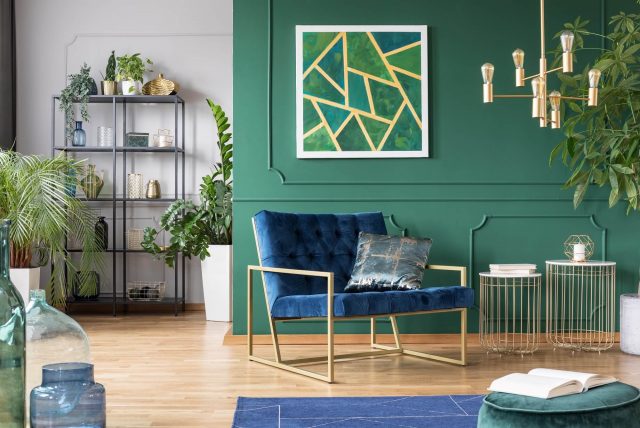
Wood floors are vulnerable to fading from the sun and can easily warp due to water damage. When you’re trying to match house plants to flooring made of wood, choose plants that work well in either indirect sunlight or low light. These plants won’t need to be placed in direct sunlight, which means they can be enjoyed in a variety of areas throughout your home.
Plants like the sansevieria (also known as the snake plant), dieffenbachia, and the ZZ plant all do well in low-light environments. Another perk to choosing these types of house plants is that they don’t require a lot of water. Not only does this mean they’re easy to maintain, but they also work great on hardwood floors since you won’t need to water them heavily or frequently. Regardless of how much water your plants need, place pots under a protective tray to keep your hardwood floors from getting damaged.
Ceramic and Porcelain Floors
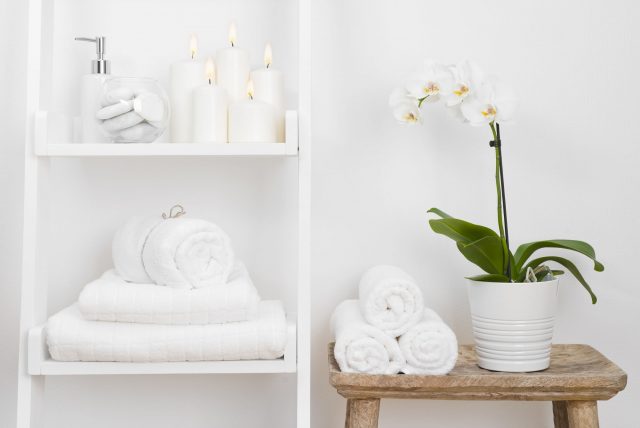
Most floors made of ceramic or porcelain are installed in moist areas such as the bathroom or kitchen. When choosing a house plant for these areas of your home, look for species that enjoy being in humid environments and require little light. Peace lilies are a great example, and these luscious plants grow beautiful blooms to add beauty to your home. Just be sure you keep this plant away from pets, as it can be toxic to cats if ingested.
Another gorgeous choice is the orchid, a tropical plant that blooms in a myriad of beautiful colors. These tropical beauties will thrive in a humid bathroom, and they add a gorgeous accent to a shelf or windowsill. Indoor azaleas also enjoy damp environments, so keep them in your bathroom to make sure the soil never drives out. They also thrive quite well in cool rooms with filtered light, which is typically most bathrooms.
Luxury Vinyl
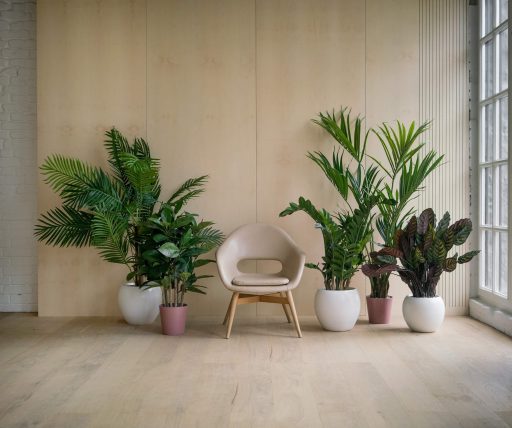
If you have luxury vinyl plank flooring, look for house plants that prefer moist soil. These plants still require proper drainage, but your floors won’t get damaged if water happens to leak onto the surface. The dracaena is a beautiful house plant that’s known for its air-purifying qualities. This makes it an excellent choice for people suffering from allergies. If you have waterproof flooring, consider the umbrella papyrus, a unique house plant that acts as a natural humidifier for your home. If you’re looking for a way to decrease the number of insects in your kitchen, try the exotic and fascinating pitcher plant.
Anything tropical that requires a lot of moisture will do just fine in homes with luxury vinyl. You may want to test a small, inconspicuous area on your floors just to make sure they can handle the exposure to water if anything leaks or you happen to spray your plants too heavily.
Natural Stone
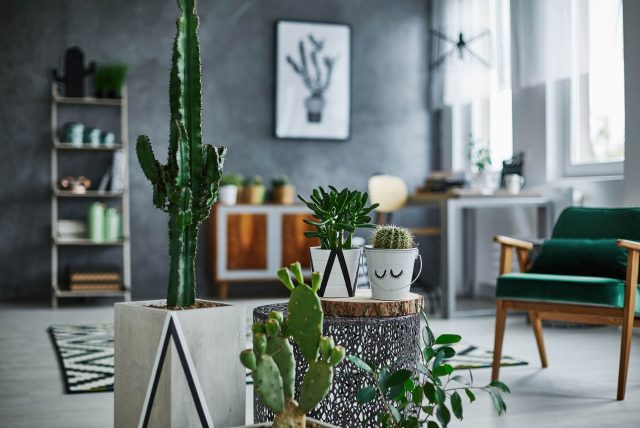
Stone flooring adds a modern vibe to any room, and it’s the perfect home for plants that need full sun. Natural stone won’t become damaged if it’s exposed to sunlight. This means it’s the perfect environment to take care of desert plants like cacti and succulents. These plants require little water, but they certainly need several hours of full sun per day. Make sure you place your plant in an area where a lot of natural light comes in for as long as possible during daylight hours.
The beautiful, colorful Christmas cactus is a wonderful choice for homes with natural stone floors. Jade plants are striking in modern homes and feature thick green leaves and brown trunks. Other great choices include the soft and wispy ponytail palm and the colorful croton with its variegated leaves. Choose a variety of succulents to add visual interest and some green to your space.
Caring for House Plants and Your Floors: Tips and Advice
Once you know how to match house plants to floors and you’ve chosen your favorites, it’s important that you know how to keep them alive and healthy. Most plants sold at local nurseries and home improvement garden centers will include a care tag. This will explain how much sun and water they need. Read the care tag carefully and take care of your plants according to the recommendations. Here are some other helpful tips to protect your plants and your floors:

- Check for changes in color. If your house plant turns colors or seems to be dying, move it to a different. Make sure you check on it in a few days. Some plants may struggle in too much or too little sunlight.
- Re-pot your plants if you think they’re growing too large for their pots. Many house plants can become rootbound, which can kill them if they don’t have the room they need to grow.
- Always place a tray or other item under your potted plants, even if you have stone or vinyl flooring. This extra layer of protection will prevent too much water from getting onto the floors, which may cause damage or discoloration.
- Do the research. Learn about the house plants you’re interested in to make sure they’re safe around children and pets. Some plants can be toxic if ingested.
- Create your own tropics. Enjoy beautiful tropical blooms in your bathroom with orchids or other plants that do well in a humid environment.
- Avoid water damage. Never use house plants that require a lot of water on hardwood floors. Any leaking moisture can cause expensive damage to this material.
- Trim or prune your plants regularly. Remove all dead leaves and trim overgrown branches or stems. This simple task will promote healthy growth and encourage your house plants to grow larger.





